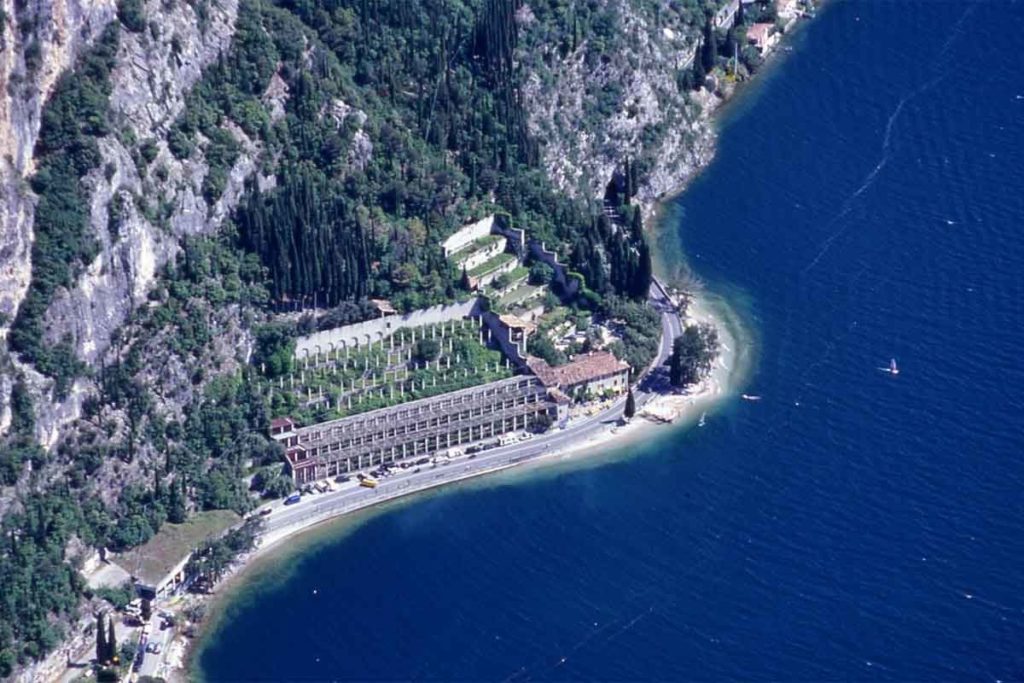I am still amazed at the genius of Lake Garda’s people who employed stone, wood and glass to protect the precious Mediterranean fruit from alpine winters. Lemons arrived to the shores of Lake Garda in the late Middle Ages thanks to the Franciscan friars: in the monastery of San Francesco in Gargnano, dating back to 1226, these fruits can already be seen, carved on the bas-relief capitals.
The cultivation of lemon trees in the ground can only be found as north as the parallel of Naples: further north of this they could only be cultivated in pots, needing the shelter of a greenhouse during the winter as in the Tuscan or Ligurian “Orangerie”. The exceptionally mild climate of the lake meant that these trees could be planted in the ground here, producing 600 to 800 fruits per tree. This result is possible only when the tree is in light soil, well maintained and above all does not suffer excessive cold during the winter. In fact, lemon trees survive at a temperature of 12 ° C, but die with a temperature of 0°C or lower for several days, because of their shallow roots.
At the end of 1500 structures were being built to protect these trees. But it is towards the middle of the sixteenth century that the first lemon houses with high pillars were constructed to allow the plants to grow and air to circulate. The stone absorbed heat during the day and released it in the cold hours of the night.
This cultivation developed on the western shore of Lake Garda to the point of being crucial to the local economy. The proximity to the Austrian border facilitated the export of these fruits rather than those produced in the South of Italy, which were heavily penalized by the many duties imposed by the various small states that until 1850 made up the Italian peninsula. The Central European demand was great as the high content of vitamin C allowed the populations to defeat scurvy; our lemons were so well-known that they arrived as far away as the Hermitage in St. Petersburg, on the table of the tsar.
With the unification of Italy and more importantly, with the devastating assault of a typical disease of citrus fruits, the “Gummy”, cultivation became too expensive and unprofitable, and thus was slowly abandoned.
Of the hundreds of lemon gardens once found around Lake Garda, only very few are active and can be visited today . Large and well tended is the Pra dela Fam Limonaia, at the port of Tignale, and our friend Gandossi’s Limonaia della Malora in Gargnano. Marmalade, chocholates and spirit can be found at Gabriella’s in Limone, who founded the organic company “Il frutto del Garda”.


